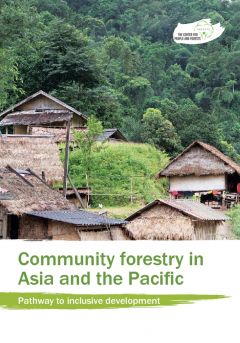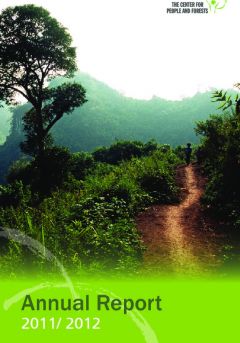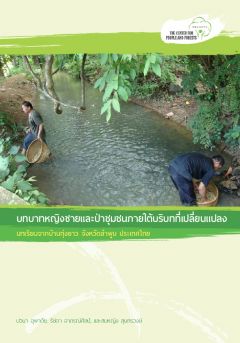People and Forests for a Greener Future
Building on a very successful previous strategic phase, the new RECOFTC Strategic Plan (2013-2018) has an increased focus on clearer strategic outcomes in RECOFTC’s four thematic areas: Securing Community Forestry; Enhancing Livelihoods and Markets; People, Forests and Climate Change; and Transforming Forest Conflicts. Within these thematic areas, we explore emerging issues, including landscape approaches, food security, water security, and biomass energy security.







